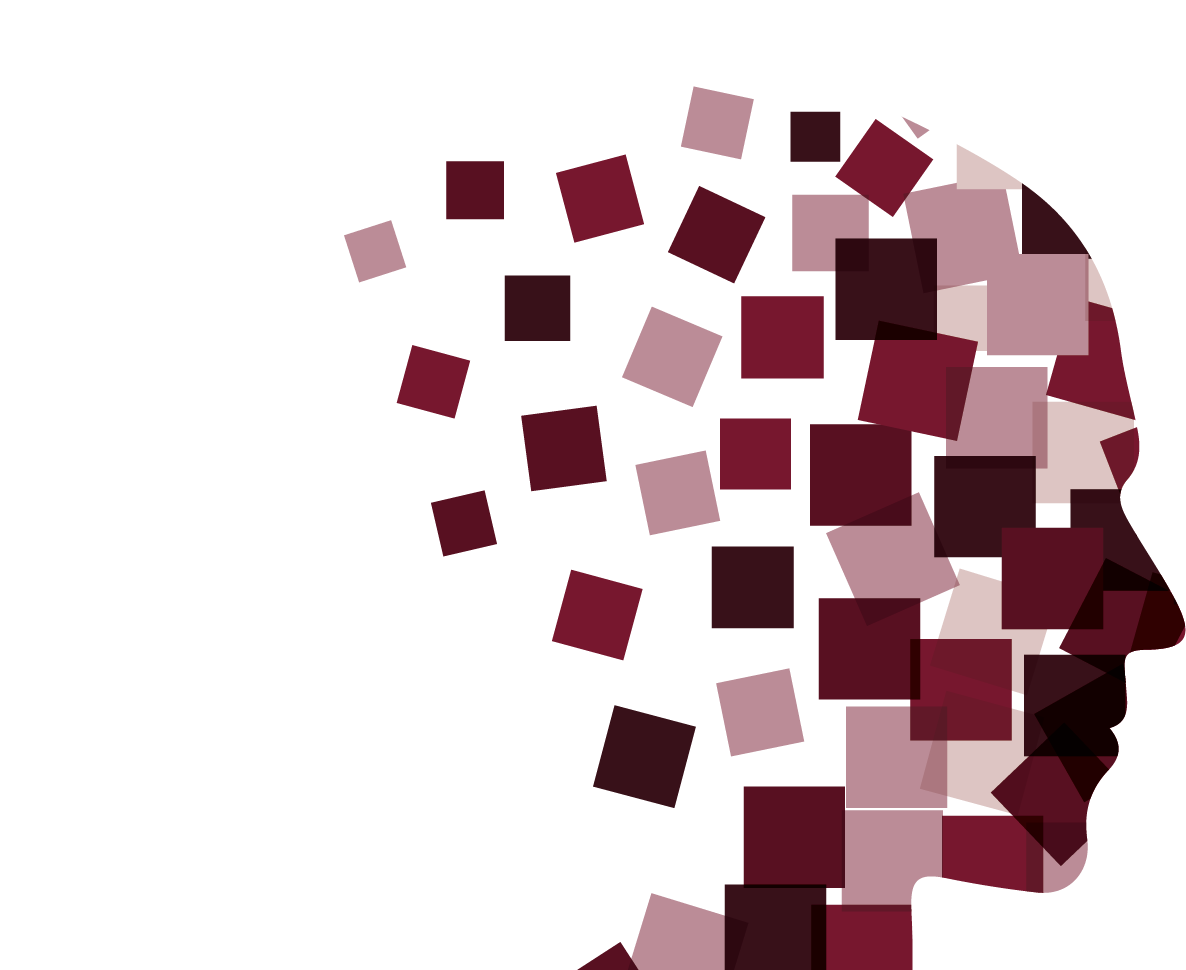Lean says: Seek Perfection What your brain says: This is the way we’ve always done things around here. If it ain’t broke, don’t fix it. It’s not “my job” to improve.
What’s at play here: Status quo bias. Zero-risk bias. Resistance to Change. Learned helplessness.
While Lean’s focus on respect for people endows the worker with the ability to implement change for improvement’s sake as they see fit, that sense of agency must be coupled with the psychological safety that allows them the freedom to fail.
Only in a safe-to-fail environment - one where employees are comfortable being vulnerable seeking out and attempting to solve sticky problems - can we tap into workers’ deepest potential and produce a culture of learners, experimenters, and creative problem-solvers, hallmarks of a successful Lean culture, one that recognizes overlooking human potential is among the greatest wastes.
One way to accomplish this is to ensure that the risk of failure is kept to a minimum.
Why?
Our brains are wired to do two things exceptionally well: to minimize risk, and maximize reward. Motivated to affect these ends in the service of our survival, our brains place a premium on certainty. Not only is exploring something novel energy-intensive (creating new neural pathways requires work), any deviation from the status quo - even if it is in own own best interest - is perceived as a risk to be avoided. Cutting-edge approaches, untested actions that run counter to the familiar present themselves as a threat to our brains much in the way the rustle of a potential predator lurking in the tall grass did for prehistoric man.
Despite its neuroplasticity, our brains are predisposed to resist the ambiguity inherent to change and the resultant stress science shows, triggers actual physiological discomfort.
So despite recognition that current conditions could benefit from improvement, it is understandable that we instinctively frame conversations about change in terms of its (perceived) risk rather than its potential (perceived) reward.
To be sure, there’s an obvious irony at play here: man’s survival as a species was and remains indebted to its ability to adapt to its ever-changing environment. While our brains might intensely dislike and do everything it can to resist change, neuroplasticity nevertheless allows it to create new neural pathways and by extension, new habits.
Which is fortunate. Because for both the individual and the organization in which s/he works, maintaining the status quo is a risk.
How to mitigate:
Evolutionary trumps revolutionary. Research reveals that large changes engage the amygdala - the part of our limbic system that processes emotions and responds to threats.
When it comes to taking steps towards improvement, the brain likes its change in comfortable doses.
Small scale, incremental improvements are powerful because the proposed change bypasses the amygdala – the brain’s fight or flight mechanism – so there is less resistance, less fear of the unknown and by extension, less fear of failure.
Not only are gradual changes physiologically more comfortable to engage in, they likewise have a lower cost of failure, and are easier to sustain and build upon.
Earlier posts in this series:
Introduction: 5 Ways Our Brain Can Thwart Lean
Post 1: Value is a Conversation
Post 2: Visualization Begets Alignment
Post 3: Flow: You Can’t Step in the Same River Twice
Post 4: Push is Blind. Pull is Informed. See Beyond the Silo.
Tonianne is partner & principal consultant at Modus Cooperandi, co-author of the Shingo Research and Publication Award winning Personal Kanban: Mapping Work | Navigating Life, co-founder of Kaizen Camp™ and Modus Institute. Toni explores the relationship between performance, motivation, and neuroscience, is passionate about the roles intention, collaboration, value-creation, and happiness play in “the future of work,” and appreciative of the ways in which psychology, Lean, systems thinking, and the work of W. Edwards Deming can facilitate these ends. She enjoys Coltrane, shoots Nikon, butchers the Italian language (much to the embarrassment of her family), is a single malt enthusiast, and is head over heels in love with her adopted home, Seattle. Follow her on Twitter @Sprezzatura.

